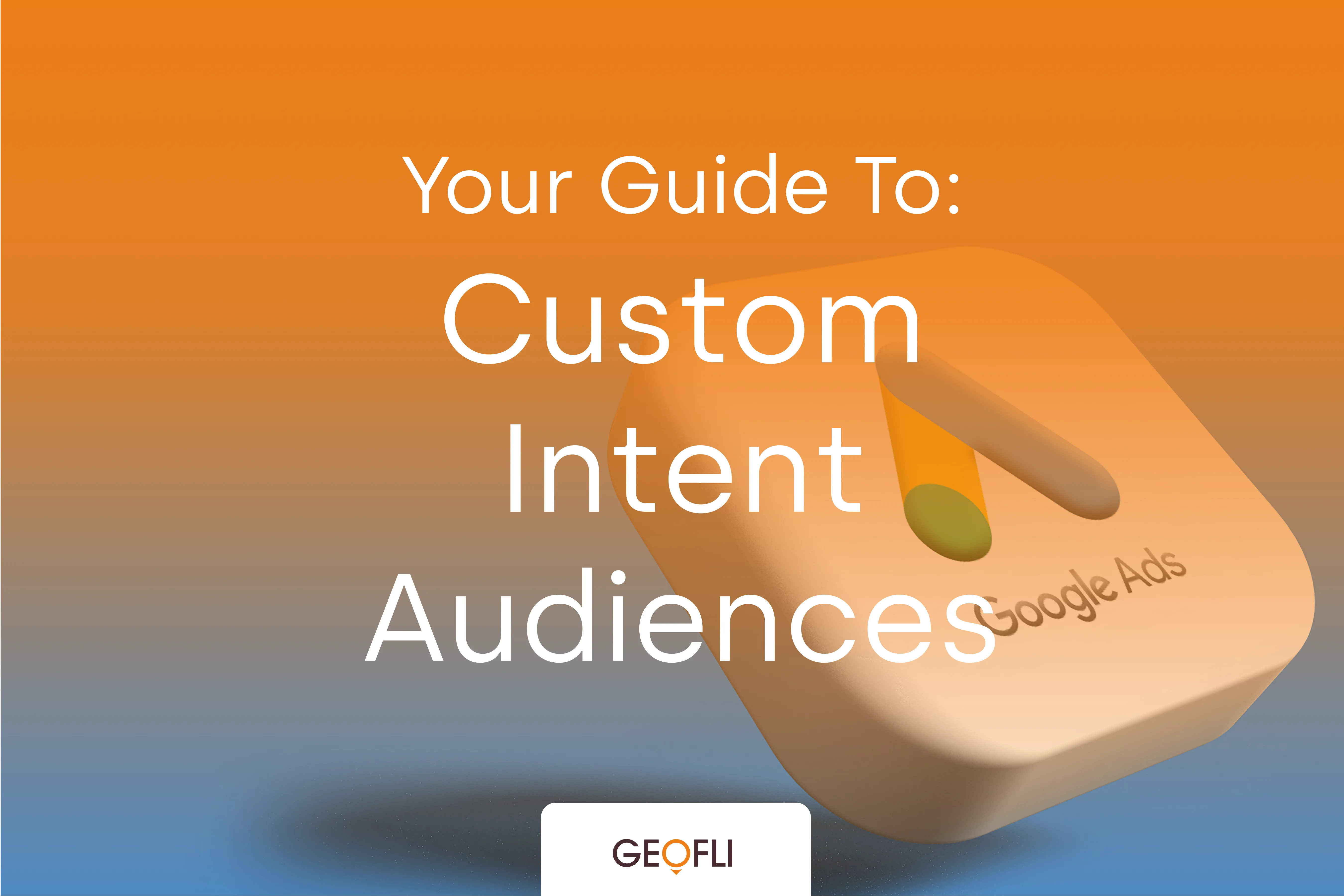
Custom Intent Audiences: Everything You Need To Know
This guide explains how to use custom intent audiences, now called custom segments, in Google Ads. It covers how they work, why they were renamed, and how to set them up and optimize them.

Five free content marketing tools for higher education. It's been said content is king. When using GeoFli, the content on the page is just as important as the geographic targeting areas. Use these tools to figure out what your audience is clamouring for!
The college website can thrive with remarkable geotargeted content. Content marketing. What’s working? In a marketing world of direct mail, trade-shows, digital advertising and offline (billboards, flyers bus-wraps) promotions, it can be difficult to figure out exactly where to invest time, money and energy. Before spending money on Facebook ads or Instagram ads for your college, do the leg-work. With limited or non-existent marketing budgets, it’s still possible to run a data driven marketing campaign in-house. This is your guide to content marketing in higher education.
Using the Ecological Restoration program as a randomly selected example, we’ll have a goal to increase awareness of the program to prospective students while also generate content to repurpose on websites, publications and other social media platforms that people want to read.
When it comes to marketing analytics, there’s no need to hire a full-time data scientist to run correlation tests or perform regression analysis just yet. Your enrollment management team should be able to peel back the first few layers without hammering away at Excel sheets. Ask questions and use the free tools listed below to help find the answer.
BuzzSumo was created by the makers of Moz.com, the leading voice for search-engine optimization on the web. With this free tool, you can search the internet by category and filter by most views or the most shares. In seconds, you will learn which headlines work and who the leaders in your industry are.Here’s an article going in-depth on how exactly to use BuzzSumo to create content that sings.Goal Met: What are people talking about in my area?source: buzzsumo.com
Question answered: How do I know what to post on Instagram? Who are my top fans on Instagram? Check out the free report here.Unionmetrics is a website producing a free Instagram report. It’s one of the few available for the influential platform and gives some great insight into metrics like best time to post, top followers and top performing posts.What to do with the data: Understanding who your top-fans are is important. These are the megaphones for your department, program or University. Reach out to that person. Follow them back, send a direct message thanking them for involvement
Search hashtags, search people and search for discussions happening in a specific geographic area. Check out what a search looks like here. source: search.twitter.comWhat is there to do with the information?Plenty. Take a couple minutes and respond, favorite and direct message the individuals that are talking about the programs and industry you’re targeting. Check out the tweet below. How could someone in the office of ecological restoration respond to this post?
Google Analytics is cumbersome. True. What is the most popular content on your website? What non-branded keywords (keywords not containing “University+of+California”) do website visitors search and land on your site? Is there content you can change based on geography using geotargeting?Ecological restoration jobs in MontanaWhat is Ecological Restoration?Top colleges for Ecological Restoration.For more info, check out an oldie but a goodie from searchengineland.com: Three metrics to watch on Google Anayltics.
Google Trends is a a great place to insert keywords or content categories to see which has the most momentum and more importantly, which direction on the line graph the keyword or content category is moving. Use Google Trends when deciding what to name a course or what program to feature on your department homepage.

